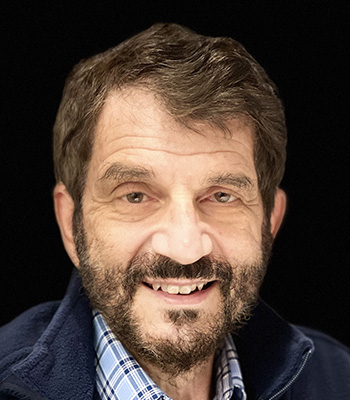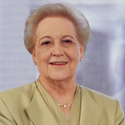
This talk will describe the use of microfluidics to create drops of one fluid in a second fluid. The volume of the drops can be of order a picolitre and they can be created in large quantities. These drops have a myriad of uses, both for creating materials and for investigating biological problems. The drops can be used as templates for formulating new materials that exhibit fascinating physical properties and have many applications, primarily for encapsulation and release of active ingredients. The use of microfluidics technology enables formulation of highly uniform drops and controlled mixing of multiple fluids. Although the structures are formulated individually, one at a time, scale-up strategies can nevertheless produce sufficient quantities for practical uses. The drops can also be used as very small reaction vessels for biological and biotechnological applications, and I will also describe some prototypic examples of this.
Prof. Weitz is the Mallinckrodt Professor of Physics and Applied Physics and Professor of Systems Biology at Harvard University. After receiving his PhD in physics from Harvard, he joined Exxon Research and Engineering Company, where he worked for nearly 18 years. He then became a professor of physics at the University of Pennsylvania and moved to Harvard at the end of the last millennium. He leads a group studying soft matter science with a focus on materials science, biophysics, microfluidics and flow in porous media. He created one of Harvard’s most popular courses for science and non-science majors, “Science and Cooking: From Haute Cuisine to the Science of Soft Matter.” More than twenty-five startup companies have come from his lab to commercialize research concepts. Prof. Weitz is a member of the National Academy of Sciences, the National Academy of Engineering, and the American Academy of Arts and Sciences.
